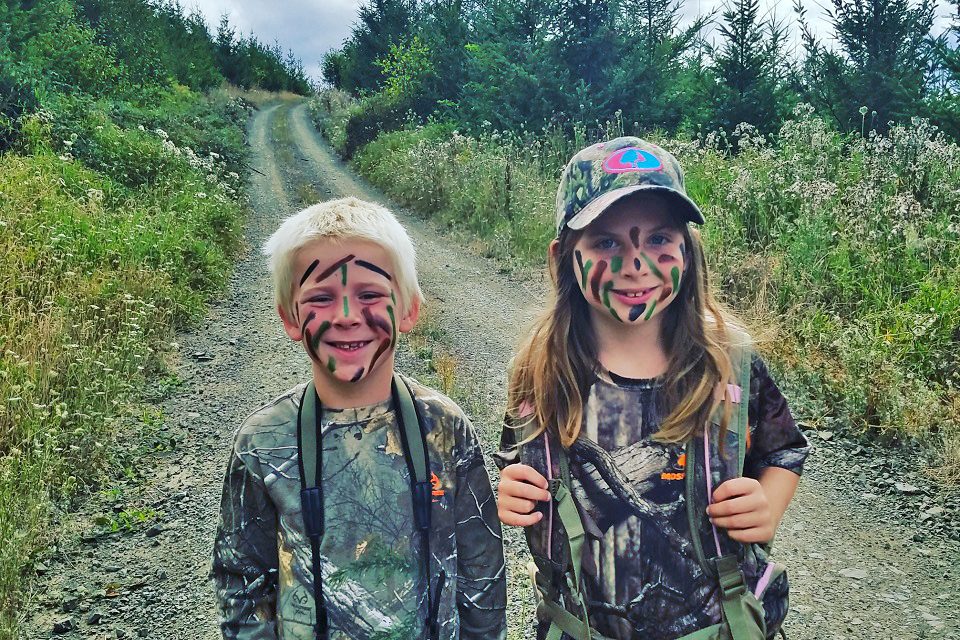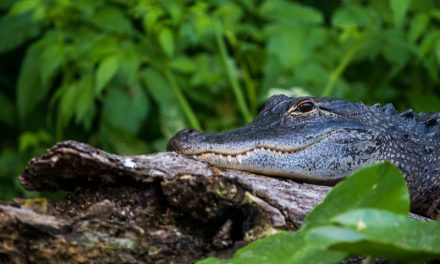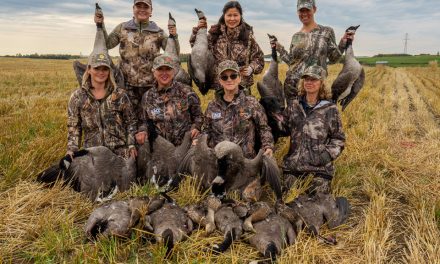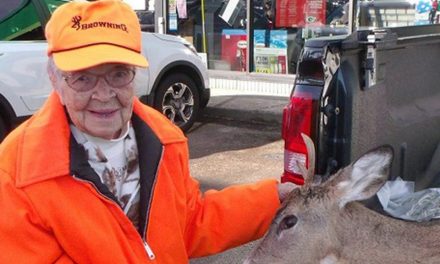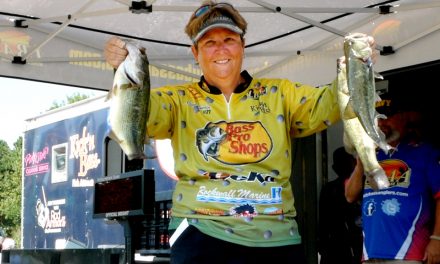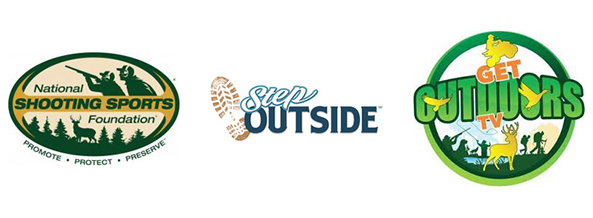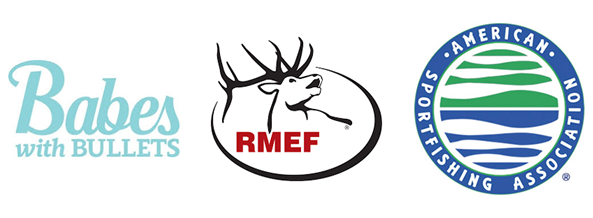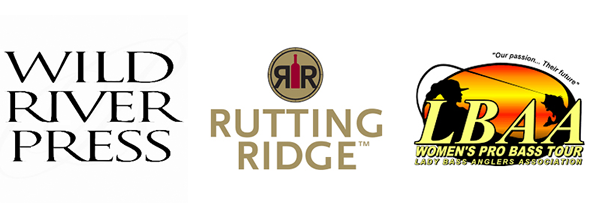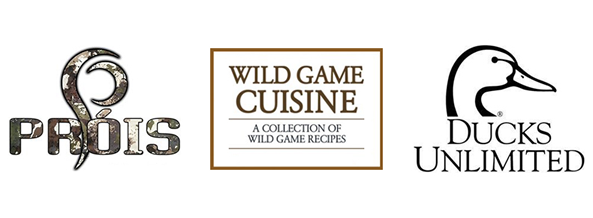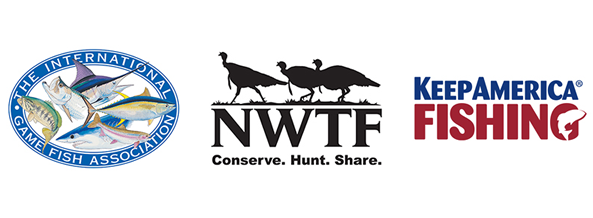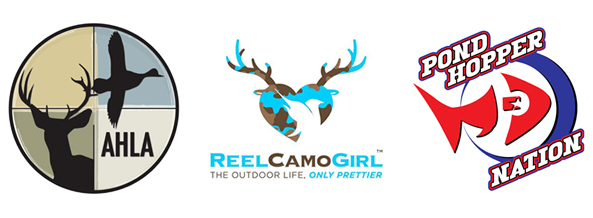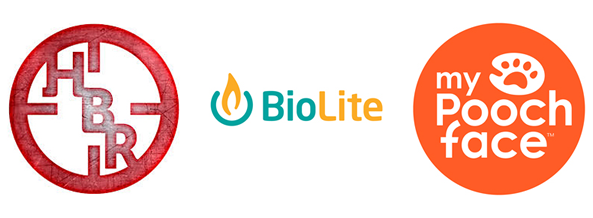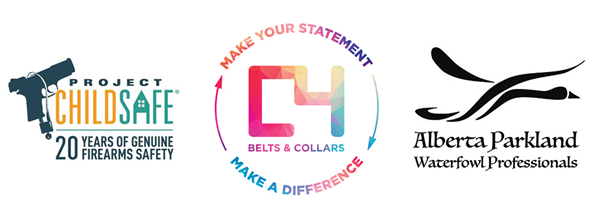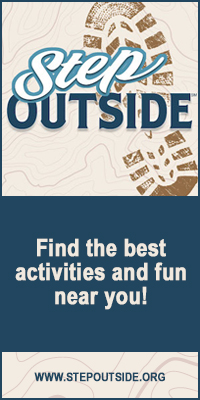“I don’t want to go because I don’t want to be too loud and scare something off,” Cheyanne told her dad.
I was planning for an evening hunt in the blind and had asked my husband’s 11-year-old daughter, Cheyanne to join. Chey is always interested in learning, and she wants to begin hunting—when she is ready. We had been getting some good action on our trail cameras in our hunting area the past month, so I had invited Chey to come sit in the blind with me in hopes that a buck or bull would stroll through.
Chey has a heart of gold and wants to become a veterinarian when she grows up. Her love for all animals is more than I can even begin to explain. Chey has a great comprehension of the circle of life and is beginning to get more interested in hunting, and she understands why it plays such an important role in wildlife conservation.
This past spring and summer, Chey had been a great help with all the season prep we did in the area in which I was hunting during archery season. She went with me on several occasions to place and check our trail cameras and restock our minerals. She had even helped with clearing brush and keeping shooting lanes open. Honestly, the excitement she shares when it comes to season prep gets me more excited. Chey always brings a new question to the table and wants to learn more about why we do what we do and how it helps with hunting and conservation.
For example, Chey checked the memory cards from our trail cameras with our stealth cam card reader in the field. When she saw evidence of the animals coming through the area and benefiting from our mineral sites, there was pure joy and excitement in her eyes as they widened, and she emitted an excited squeal. That put an instant smile on my face.
Moments like these remind me that this is what hunting is all about. It’s so much more than just an ethical harvest—it’s about the whole process of getting to the hunt, successful or not. It’s about the season prep, the long sits, the cold mornings and long days, the failed stalks, the missed opportunities, and the memories made while doing it all! This girl is going to be a natural hunter when she is ready—and I can’t wait.
*****
As I got everything ready for my evening hunt in the blind, I could tell Chey was on the fence and questioning whether she was going to be joining me or not. It didn’t take much convincing, and she agreed to come sit. I reassured her that the best way to learn is by doing. We talked about being as quiet as possible, in case an animal approached, and she understood. I truly believe her fear was that if something came in and she spooked it, she would feel bad because of all the hard work I’ve put into prepping for a successful season. Chey knew how much the archery season meant to me this year, as it was my last season in Oregon as a resident before my move.
Chey and I walked to the hunting blind and got settled in. She then read her book a little and watched as wildlife danced nearby. A number of different birds chased each other around our blind, as did several chipmunks. A few times, we quietly exchanged conversation as Chey shared her excitement with sitting and watching nature and questioning the noises around us, hoping each breaking branch was an animal headed our way. In all honesty, I just hoped a deer or elk would come in for Chey to experience that excitement from the hunting blind. I know for me, whenever I encounter an animal in a hunting situation, my heart begins to race, and my excitement is something I have to talk myself through still to this day—whether it’s an animal I’m going to harvest or not.
We sat quietly and patiently in the blind in the middle of the lush rainforest until dark. Once night met us, we closed up the blind, gathered our belongings, and headed back to camp. Although no deer or elk came through during this hunt, it was still very rewarding. Chey got to experience a hunt from the blind, learn the importance of keeping still and quiet, and develop an understanding as to why patience is such a key element.
*****
The best way to get our kids involved and to teach them about hunting is by involving them in the process. Chey would have never learned or seen what it was like to sit in the blind if she hadn’t come along. It’s so important for us as ethical hunters and conservationists to teach our children—the future generation—everything about hunting. They need to be comfortable with it and understand how to conduct themselves properly, so they can succeed.
Chey and I reflected on our first hunt in the blind together. As we discussed her experience, she said, “I didn’t want to scare off an animal.” I expressed my understanding of her concern but also explained to her that it’s hunting—not killing—and therefore, we take the situations as they come and take opportunity when it presents itself. I also explained that even I could scare off an animal with an accidental noise or movement.
Chey said that what she liked most about going to the blind for the first time was “sitting with nature and watching the animals.” Talking about hunting in her future, I felt it was important to ask Chey if her sit in the blind with me influenced her to want to hunt sooner than later, and she replied, “Yes.” As we talked more, Chey said that hunting in the blind showed her what to expect and what to do as she begins to hunt. And when I asked if she would go on a hunt in the blind again, she replied emphatically, “Yes!” So during this past archery season, Chey joined me on several hunts. She even expressed interest for next hunting season to try to sit in the tree stand, as well as more sits in the blind.
*****
As an avid hunter who grew up hunting from an early age, it’s important for me to pass that heritage on to the next generation, and it’s just as important that we help shape ethical hunters. We are members of an outdoor community who, at the end of the day, truly have the same goals: conservation of our wildlife and maintaining our public lands. It’s so important for us as sportsmen to come together, stand strong, and support one another. We should all be on the same team as we continue to focus on our future as hunters—including the next generation—to ensure the protection of our wildlife, our public lands, and our rights.
We as hunters all have different traditions and methods, but that doesn’t and shouldn’t matter. What does matter is that we continue to be ethical hunters. Get our future generations involved, make it enjoyable, and educate them on hunting—every part of it.
~By Stacey Sutherlin
Website | Facebook | Instagram
Stacey Sutherlin has a passion for the outdoors that she enjoys sharing with others. Stacey is the co-founder of Huntin’ Wives, an outdoor community focused on bringing women and children together in the outdoors. In addition, she is Pro Staff for ReelCamo Girl and is a field tester for DSG hunting apparel for women. Stacey loves the outdoors and all it provides. It is her happy place and where she is most alive. Growing up in the Pacific Northwest and recently moving to Alaska, Stacey loves connecting with others in the outdoors. Sharing the outdoors with her husband and step-children is something Stacey prides herself on, as well as being able to pass the tradition of hunting on to future generations and teaching them about conservation and all the land provides. Archery hunting has Stacey hooked, and it’s become her addiction.

